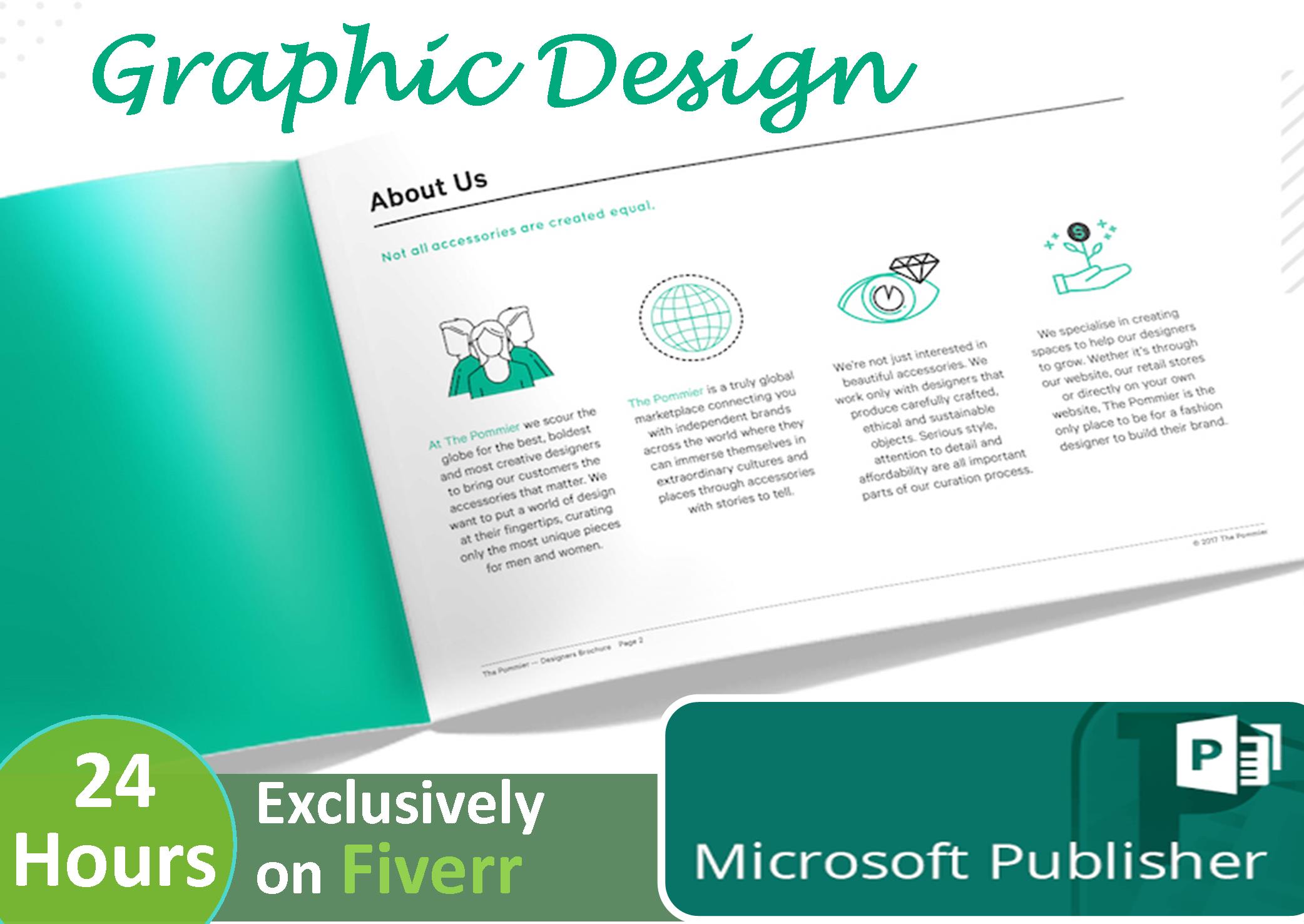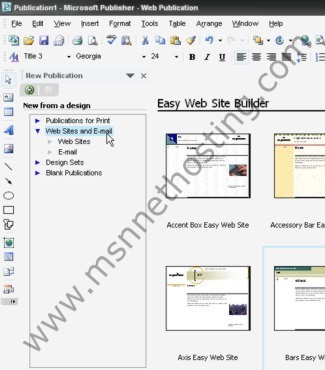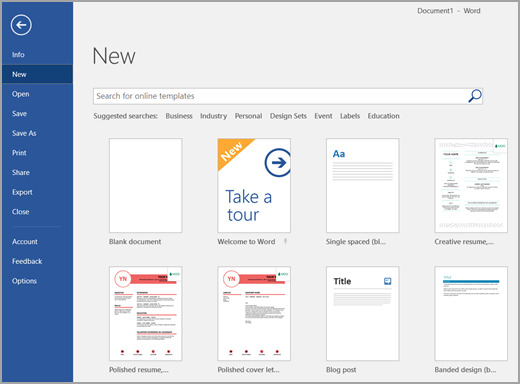

You've got to tell FrontPage which areas you want people to be able to edit. Īt the outset, no part of a Dynamic Web Template is editable.(If you're going to have multiple template files, you may want to create a folder named "templates" for easy access.) In the "Save as type" drop-down list at the bottom of the dialog box, select Dynamic Web Template (*.dwt). When you've finished designing your template, select File » Save As. This setup helps a lot later on, when it comes time to set editable regions. The best way to manage areas in a Dynamic Web Template is to lay out the page using tables ( Table 101).

Create this page just as you would any other page. The first step is to set the page structure, then create and fill the regions that you want to remain fixed when pages are generated from the template. You start a Dynamic Web Template by adding elements like you would to any other page. The "Dynamic Web Templates Won't Work" box on Section 11.6.3 tells you how to get around this compatibility problem. If your development environment ( Where to Create Your Website) is a Web server loaded with FrontPage Sever Extensions 2002, the Dynamic Web Template update process won't work correctly. For more information, see Child resource outside parent resource.ĬsmPublishingCredentialsPoliciesEntity resource specific propertiesĬsmPublishingCredentialsPoliciesEntityPropertiesĬsmPublishingCredentialsPoliciesEntityProperties Name You only need to add this property when the child resource is declared outside of the parent resource. In Bicep, you can specify the parent resource for a child resource.

See how to set names and types for child resources in Bicep or JSON ARM templates.

The resource api version For Bicep, set this value in the resource declaration. 'Microsoft.Web/sites/basicPublishingCredentialsPolicies' The resource type For Bicep, set this value in the resource declaration. Property values sites/basicPublishingCredentialsPolicies-scm Name "type": "Microsoft.Web/sites/basicPublishingCredentialsPolicies",


 0 kommentar(er)
0 kommentar(er)
